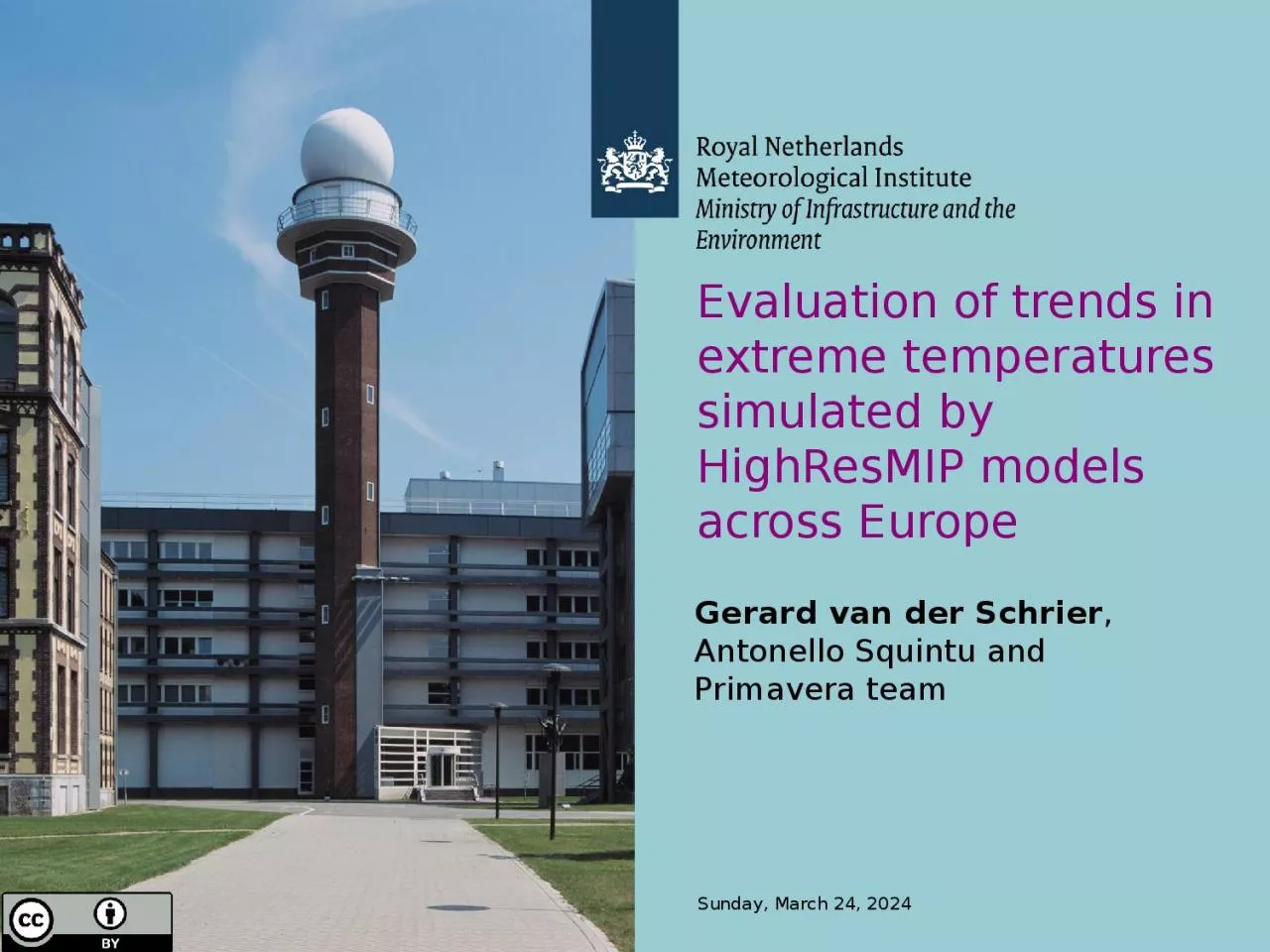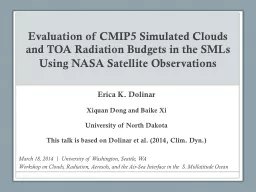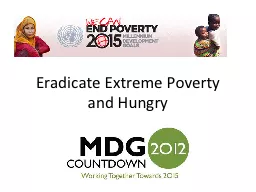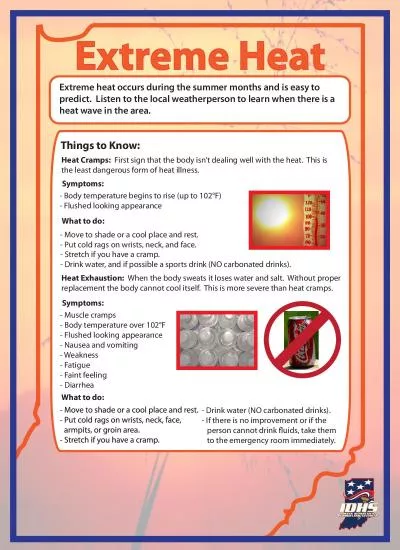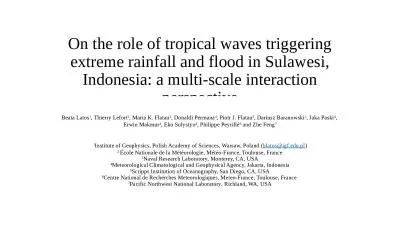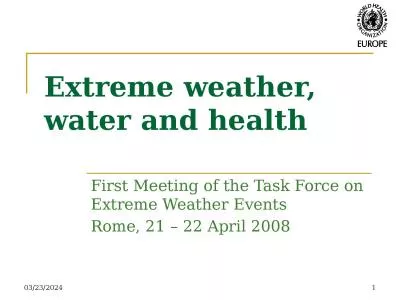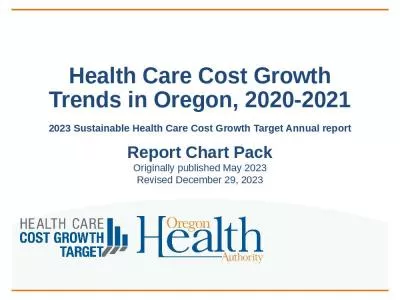PPT-28 April 2020 Evaluation of trends in extreme temperatures simulated by
Author : phoebe | Published Date : 2023-10-25
HighResMIP models across Europe Gerard van der Schrier Antonello Squintu and Primavera team Record high temperature in Europe in 2019 28 April 2020 Royal Netherlands
Presentation Embed Code
Download Presentation
Download Presentation The PPT/PDF document "28 April 2020 Evaluation of trends in ex..." is the property of its rightful owner. Permission is granted to download and print the materials on this website for personal, non-commercial use only, and to display it on your personal computer provided you do not modify the materials and that you retain all copyright notices contained in the materials. By downloading content from our website, you accept the terms of this agreement.
28 April 2020 Evaluation of trends in extreme temperatures simulated by: Transcript
Download Rules Of Document
"28 April 2020 Evaluation of trends in extreme temperatures simulated by"The content belongs to its owner. You may download and print it for personal use, without modification, and keep all copyright notices. By downloading, you agree to these terms.
Related Documents

